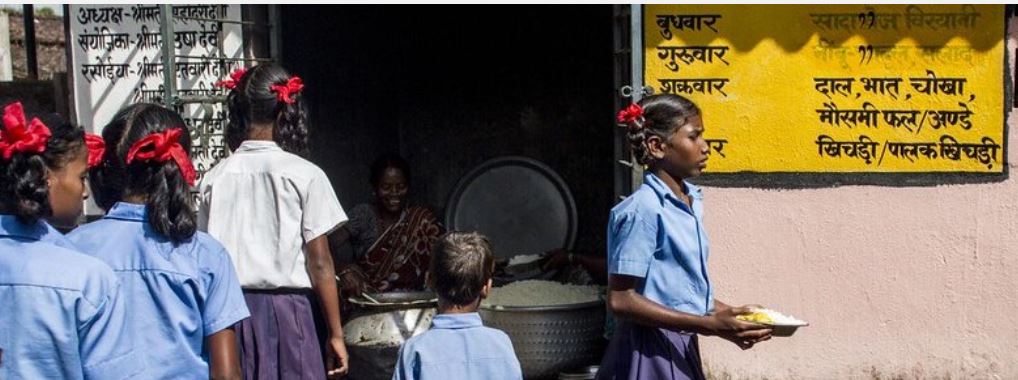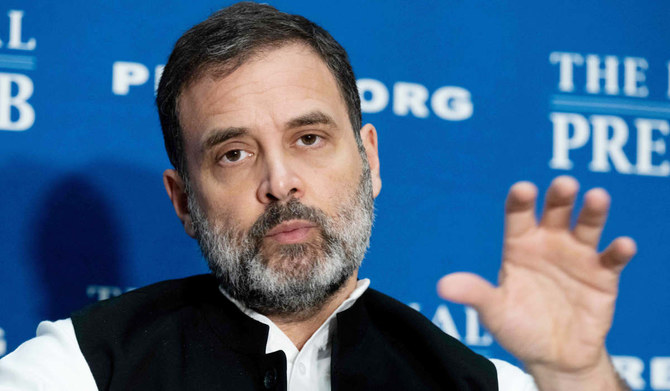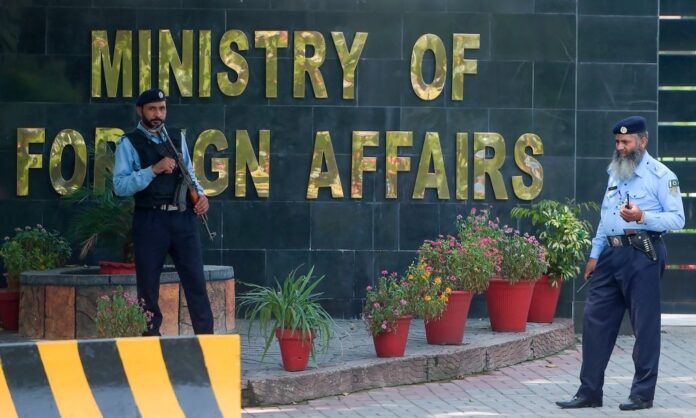
Jharkhand: Most schools in Jharkhand are facing serious Shortage of teachers, and lack basic infrastructure such as functional toilets, electricity and water supply.
Shortage of teachers, the report, titled Gloom in the Classroom, is prepared by economist Jean Drèze and researcher Paran Amitava, on behalf of Gyan Vigyan Samiti Jharkhand (GVSJ). It said that most schools in the state are yet to comply with the minimum norms prescribed by the Right to Education Act, 2009.
GVSJ surveyed a total of 138 schools in 16 districts of Jharkhand between September and October 2022. Of the 138 surveyed schools, 72 were of primary level and the remaining 66 were of upper-primary level. The report was released recently in December.
Out of the 138 schools surveyed, none of them had functional toilets, electricity and water supply, the report said. Almost 90% of students in these schools belong to the Dalit or Adivasi communities.
The authors of the report slammed the government for the dismal state of the schooling system in Jharkhand, saying “this apathy is both a mistake and an injustice. It is a mistake because quality education for all could transform the economy and society of Jharkhand. It is an injustice because it keeps oppressed classes and communities where they are”.
Shortage of teachers
Shortage of teachers, at least 20% of these schools, during the survey, had only one teacher. As per the RTE Act, all schools should have at least two teachers. And, a majority of these single-teacher schools were being run by para-teachers (as opposed to permanent teachers).
The survey also found an acute shortage of female teachers in primary schools and upper-primary schools.
It also described the awful state of single-teacher schools in the state. For instance, a school in Koday Dih, Giridih, has 78 students but only one teacher, who shuttles back and forth between two classrooms. But, when he’s busy in non-educational work, students just while away time.
In Dhanbasha, Dumka, a school, located inside a jungle, has only a para-teacher, who is recruited as an administrator. In another school in Harilakol, Dhanbad, if the only teacher leaves, the school must be shut down.
About half of the primary schools and 80% of the upper-primary schools surveyed had a pupil-teacher ratio of more than 30. According to the RTE Act, the pupil-teacher ratio must not exceed 30 in any school at the primary or upper-primary level.
This particular finding is, however, consistent with earlier data suggesting that Jharkhand has the worst teacher shortages among all major Indian states, the report said.
Lack of infrastructure
At least 15% of the surveyed schools had no water supply at all within the premises. “Where water is short, it becomes difficult to maintain toilets, ensure good hygiene, and run the kitchen,” it said.
The report added that UDISE data of Jharkhand was misleading as the survey found that 15% of primary schools and 5% of upper-primary schools had no functional toilets at all. (The UDISE data said that 98% of primary and upper-primary schools in Jharkhand have functional toilets, and 97% have a separate functional toilet for girls.)
“The toilets had bushes growing inside and it felt like they had not been used since they had been constructed,” a school in Saruka of Deogarh district said.
The survey further found that “many schools continued to function without proper fans and lights due to stealing, vandalising or lack of maintenance.”
At least two-thirds of the respondent teachers also said that their school didn’t have adequate funds for the mid-day meal. In fact, 10% of the schools were not serving eggs twice a week – which is a violation of the government policy.
“MDM [mid-day meal] funds have run out. The principal spends from her own pocket to keep the mid-day meal going. Kids are complaining that the meal is not good,” a school in Karwakala of Garhwa district said.
At the time of survey, salaries of many para-teachers and cooks had been delayed for months.
The COVID-19 impact
The findings from the survey show how the COVID-19 pandemic has impacted children of underprivileged communities.
When most of the schools reopened in February 2022, after a gap of two years, “most” of the children enrolled in classes III to V had forgotten how to read and write, a majority of respondent teachers said.
“This crisis called for a major investment in school education in 2022-23. Well before the 2022-23 Budget was prepared in Jharkhand, states like Tamil Nadu had already shown the possibility of helping disadvantaged children in this situation, for instance by organising special tuitions outside school hours.
Efforts were made to persuade the Government of Jharkhand to initiate similar measures as well as a lasting upgrade of the schooling system. Unfortunately, the state government went back to “business as usual” when schools reopened,” the report said.
Shortage of teachers, in most of the schools surveyed, little has been done to help the children who had forgotten how to read and write during the COVID-19 pandemic, the report said.
Please visit our website London Institute of Peace Research for latest peace news


